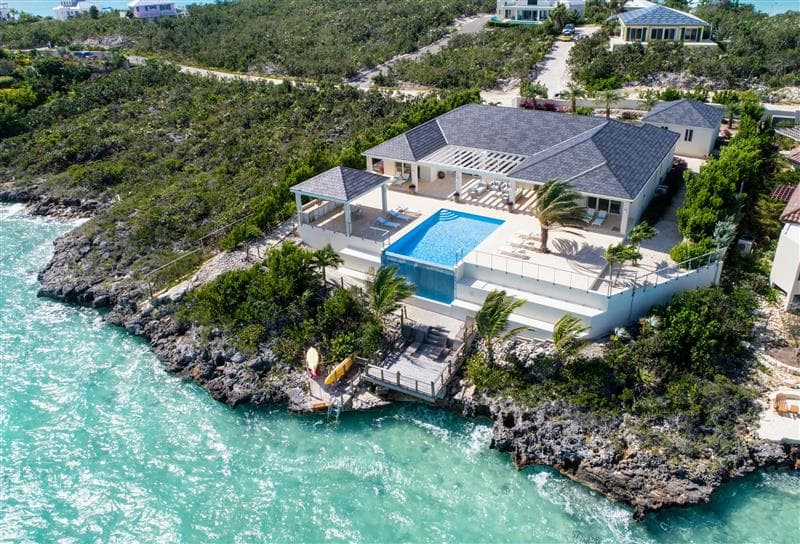- The worst market crash of the last 50 years was the financial crisis that lasted between 2007 and 2009.
- The market would need to fall by a further 37% to equal the depths of the 2009 crisis.
- See how this crash compares with the S&P500’s worst ever crashes on this live chart.
A live chart compares the current dip in the S&P 500 with the 5 worst market crashes of the last 50 years.
After a turbulent few weeks where Silicon Valley Bank (SVB) and Credit Suisse made headlines, there are fears of a banking crisis looming, which would greatly impact the stock market. In this live chart from personal finance comparison site, finder.com, the current market dip is tracked against the worst crashes ever and it shows that the S&P 500 would need to fall a further 37% to equal the worst one on record.
How does this market crash compare with previous ones?
The chart reveals that the market is currently down 18% from the point at which it started dropping (3rd Jan 2022).
The worst market crash of the last 50 years was the financial crisis that lasted between 2007 and 2009. The lowest point came after 351 days of trading, when the market had fallen by 56% from the point when the crash first started.
This means that for this current dip to end up being the biggest crash of the last 50 years, the market would need to fall by a further 37%.Despite a downward trendline in the S&P 500 since January 2022, the current market dip is still less deep than the 5 worst crashes in the last 50 years. The worst crash was the financial crisis in 2008, followed by the dotcom bubble, the 1973/1974 crash, the COVID crash and black monday (1987). The last two crashes were particularly acute, with the S&P 500 falling by more than 30% after only 10 days in 1987 and 20 days in 2020.
The longest crashes are the dotcom bubble and the 1973/1974 crash, lasting more than 530 and 436 market days respectively.
You can see how this dip compares with the 5 worst stock market crashes of the past 50 years here.
Finder.com’s Investing Writer, Danny Butler, says instead of trying to time the market, retail investors should consider long term investment strategies:
“Although it may seem sensible to invest during a market crash, there is no telling when a dip will end and until markets reverse there is a high risk of incurring losses. “Spreading out investments over time, instead of investing all at once, is a great strategy to mitigate the risk of timing. This strategy is called “dollar-cost averaging”, in theory this means that you aren’t putting all your eggs in one basket and you are likely to end up investing at good times as well as bad times.
“As our chart shows, previous market crashes have fallen below the current dip. If the banking industry suffers further from high interest rate exposure, the S&P 500 could fall significantly more. On the other hand, it could bounce back quite quickly if current measures are enough to avoid a banking domino – there is just no way of accurately predicting it.”


